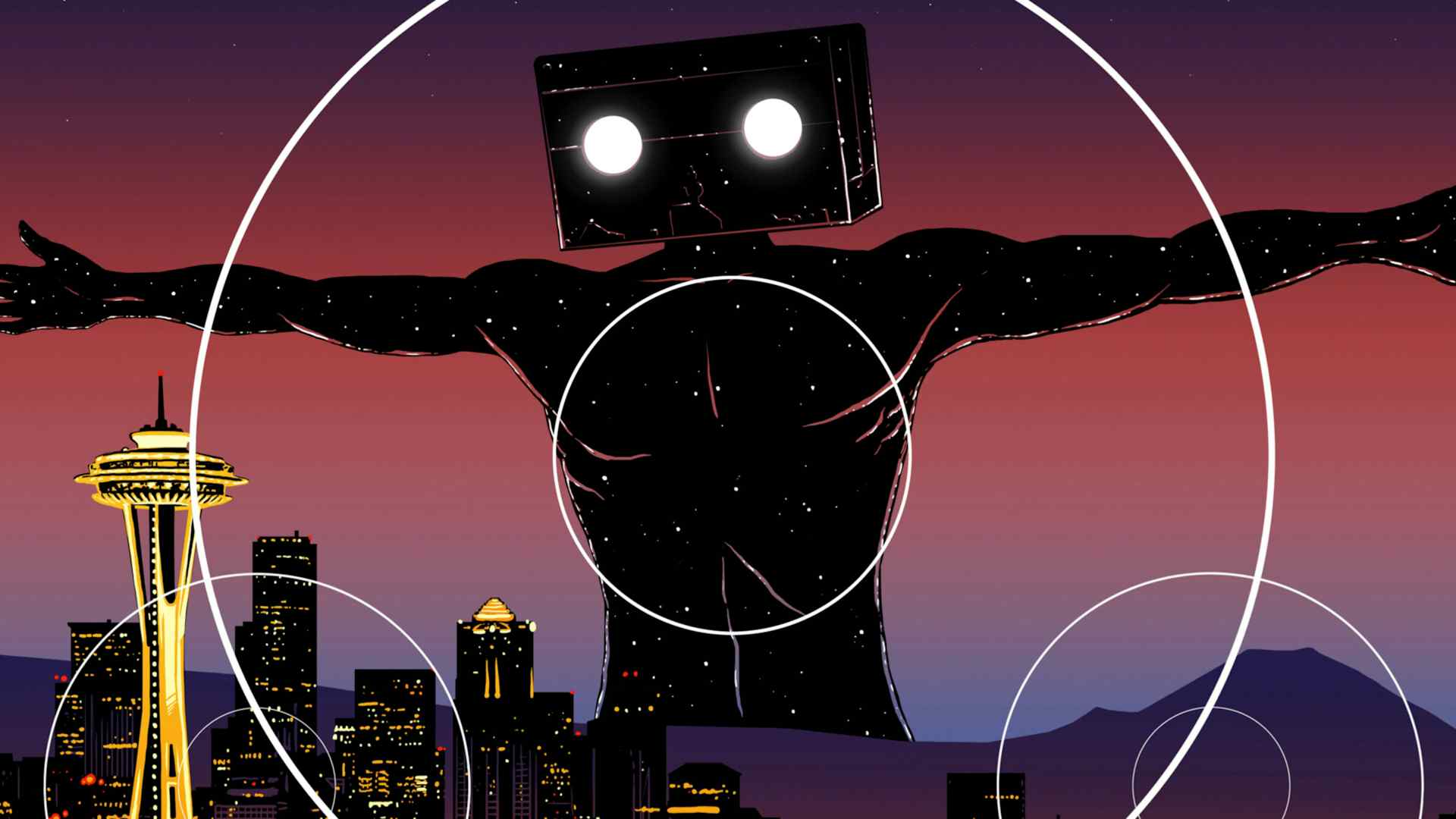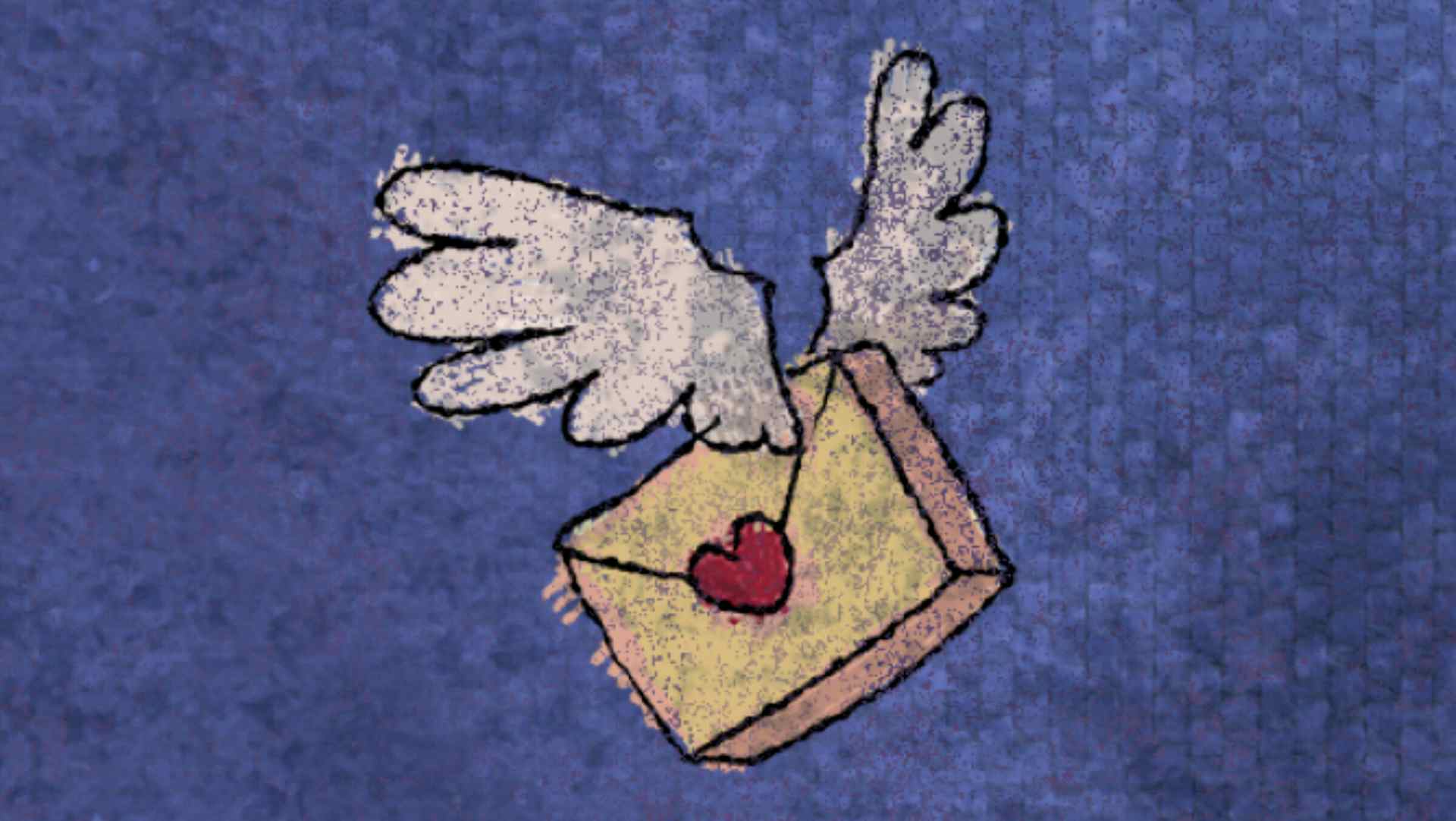Robert Horton is a Scarecrow board member and a longtime film critic. This series of "critic's notes" is chance to highlight worthy films playing locally and connect them to the riches of Scarecrow's collection.

Is a genre movie primarily a metaphor for something, or is it what it is? Of course anything can be anything, and a movie like I Saw the TV Glow is ripe for puzzling out—its murky storytelling invites an "Ah, but what is the subtext?" inquiry; plus, in our current culture, where the biography of the artist is often privileged over what is actually contained in the art, it is all too tempting to note that writer-director Jane Schoenbrun is a nonbinary trans individual, and well-spoken on the subject of identity, and therefore this movie must be about that, even if the film remains elliptical about its subtext. Schoenbrun has addressed this subtext, so it is surely there. Reviewers thus far have dutifully noted this.
I can respect an artist's intentions without having to pay attention to them, so what follows is a person watching a movie. I Saw the TV Glow exists in a world I like, even though I did not grow up in the 1990s or the suburbs: It lives in a lonely place, a world of halting stabs at connection, with dark-lit spaces and the soft radiance of a television sitting nearby. Strangely, and I think very originally, the movie takes place over many years with large gaps in the narrative. Two people meet: 7th-grader Owen (first played by Ian Foreman, later by Justice Smith) and 9th-grader Maddy (Brigette Lundy-Paine). She introduces the kid to her favorite TV show, The Pink Opaque, a monster-hunting series with teen heroines who share a telepathic understanding.
As the years pass, Owen and Maddy share a passion for the show, which appears to be their only bond, beyond a common "other"-ness. At some point Maddy must vanish, and Owen is left behind, with one future meeting in store, when Maddy exhibits signs that The Pink Opaque, or something anyway, has taken her over. Sequences are punctuated with pop songs, in a late-90s way that seems legitimate even if clichéd, as though we are actually watching a movie made in the Donnie Darko era. All of this is just intriguing enough to carry the movie through, even if the final sequences (Owen has grown up to hold a menial job in a place called, cruelly, the Fun Center) are mystifying, however much they may have a specific meaning for Schoenbrun.
What interests me in the film is its overall pained mood, and the mysterious connection to TV. There isn't actually that much TV-watching in I Saw the TV Glow, but it looks and feels accurate, and the idea of television as an alternate version of a bleaker reality is vivid. Maybe it's right that we don't see too much of The Pink Opaque (mostly dated credits and girl-power energy and some amusingly silly monsters), because the hints of something thrilling are enough to convey the excitement of a universe in which things happen, and where adolescent agency is front and center. If this movie feels a little disappointing, it's because of an aspect that remains under-explored: the experience of encountering a narrative outside yourself—even if it is just a dopey TV show—that channels your own other-ness so that you don't feel quite so alone. Still, it's in there, and in a movie full of issues that aren't understood, maybe it's fine that the feeling lingers like an incomplete melody.
May 17, 2024


